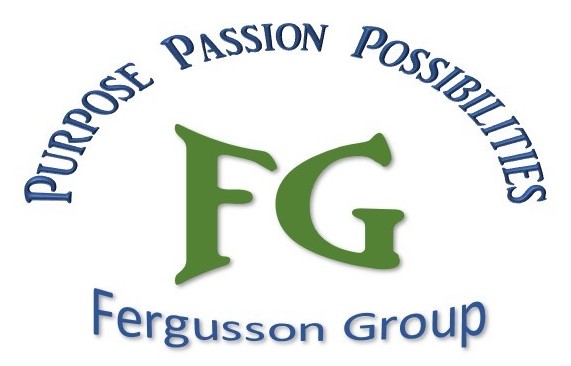I am so excited to discuss a new series I will be doing that will address many of the thoughts people have about issues that seem to trigger emotions in us or make us stop and ponder the reality of things.
It is an interesting time both nationally and internationally and how we get through this really depends upon us. We all have beliefs and attitudes that dictate who we are. How we share those beliefs and attitudes can also determine how we are perceived by others.
The values we hold dear personally are the ones that usually come through in good times and bad. Sometimes when our values are fragile, we move outside of ourselves and become someone we do not recognize. It is times like this that we need to hold strong to what we believe and, if we are not sure what we believe, we work to learn and better understand what we want and need. We also need to learn to discern what others want and need and how we can help them in that journey.
The title of this new series is “Imagine A World.” You can see that the keyword here, Imagine, means we are using our value system, our beliefs, and attitudes to weave into our imagination. That imagination in the world would make certain strengths universal and be good for all mankind.
Have you ever thought about a world without hate? How about a world where the main priority was looking out for your neighbor? In this politically charged environment, what would happen if people found common ground, if people listened to understand rather than talk to accuse or challenge? Is the world a place where loving someone is considered weak? Is it a place where being concerned for someone is a weakness?
This is a portion of the topics or questions that the new series will address. This series will be posted on YouTube and I will be anxious to see the comments that are generated from ideas that some may consider controversial and others perhaps just nod in agreement. I fully expect to get both sides and to read and listen to the rationale of each.
This series idea was generated from various events in conversations that have been ongoing. Being a Life Coach and a Christian, I walk an interesting line with people who may have different views and values than I do. One of the missing links is that we have not taken the time to reflect on the opinions of others or to take a step back and to put ourselves in someone else’s shoes. So often we take our opinion and one way or another impose it on others without knowing their circumstances, needs, or desires.
My hope is that this series triggers some thought individually and between other people and that the conversation generated from it becomes a powerful tool for positive action.
The series will be located on YouTube at:
https://www.youtube.com/channel/UCOTYakAJR0aMRmoIE9Bygyg?view_as=subscriber
There will be a new segment every week. Please take time to comment and add your thoughts. This forum can be a valuable tool in strengthening personal experiences, relationships, and the building of a caring society.
Please subscribe to learn more in the column to the right! We look forward to your comments on our blogs.














